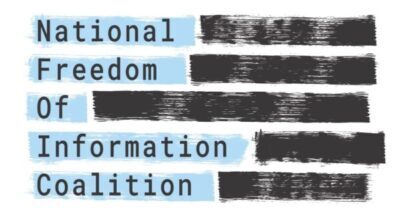From Missouri Public Interest Research Group Foundation (MoPIRG):
The ability to see how government uses the public purse is fundamental to democracy. Transparency in government spending checks corruption, bolsters public confidence, improves responsiveness, and promotes greater effectiveness and fiscal responsibility.Cities across the country have been moving toward making their checkbooks transparent by creating transparency portals and posting recipient-specific spending data online. Currently, 17 of America’s 30 most populous cities provide online databases of government expenditures with “checkbook-level” detail.* Online checkbooks in most cities are searchable, making it easier for residents to follow the money and monitor government spending.Following our earlier studies of government spending at the state level, this report evaluates the progress of America’s 30 largest cities toward “Transparency 2.0” – a standard of encompassing, one-stop, one-click budget accountability and accessibility. Twelve scoring criteria were used to measure the breadth of information each city provides on-line and the information’s searchability. Since the deployment of city resources is intimately linked to providing everyday quality-of-life services for constituents, these criteria also include how well cities enable residents to make and track service requests online. Based on these findings, we then assigned each city a number grade from zero to 100 and a corresponding lettergrade from “A” to “F.” (See Table ES-1 for the list of cities and grades. See Appendix D for the methodology.)
Also see: How the 50 States Rate in Providing Online Access to Government Spending Data
